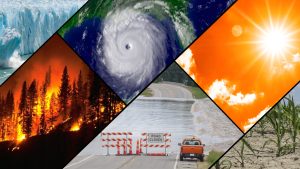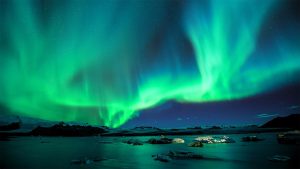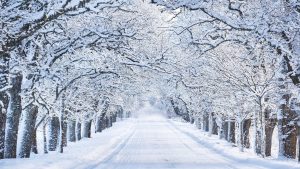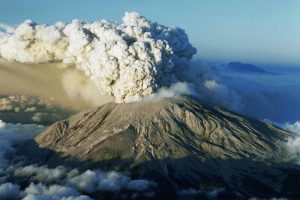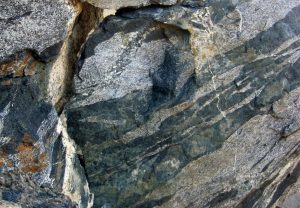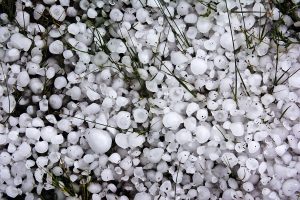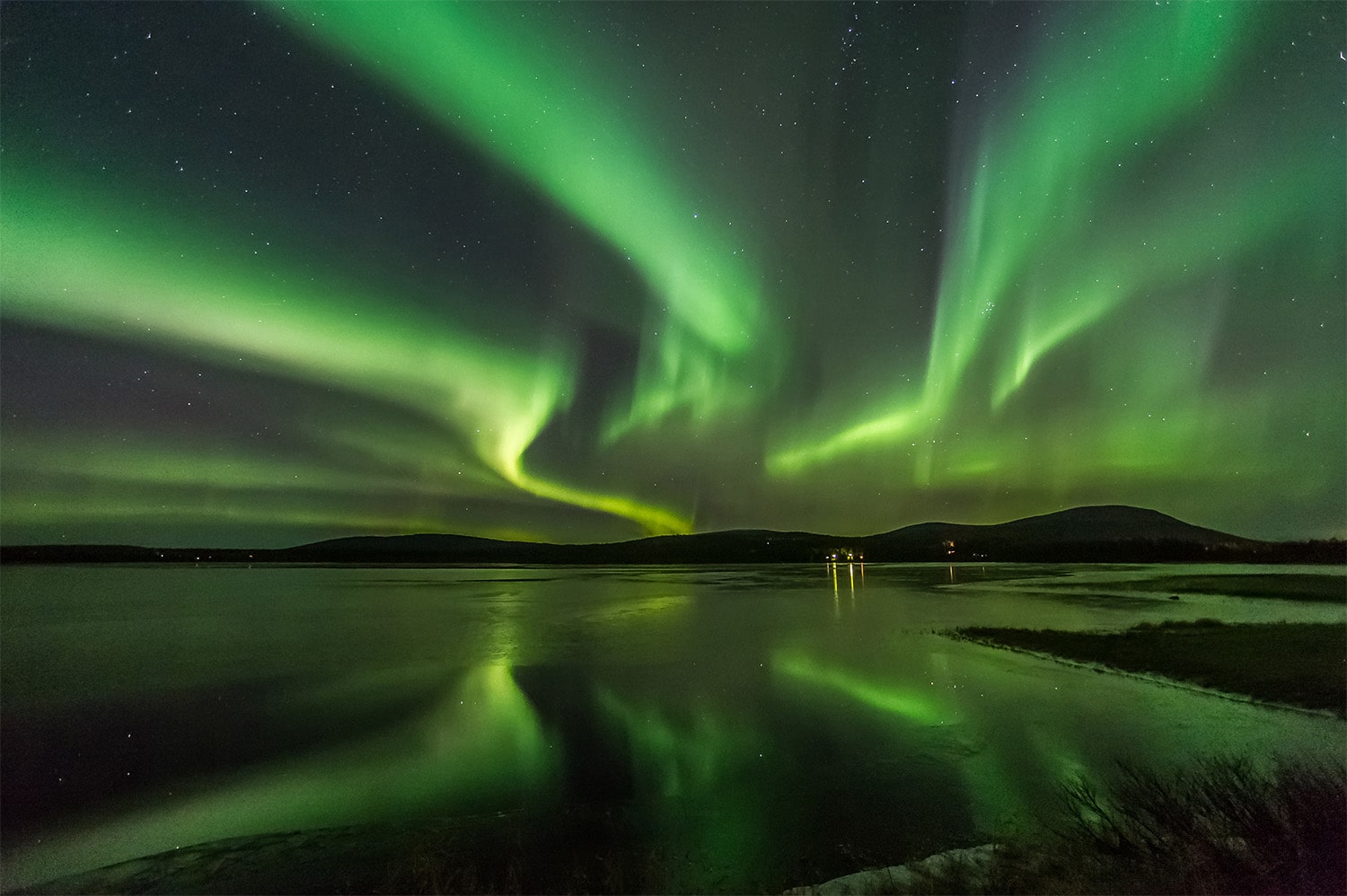
35 interesting facts about Northern lights
- 👁️ 1270
The Northern Lights, or Aurora Borealis, are one of nature’s most spectacular displays, painting the night sky with incredible colors and patterns. This stunning phenomenon occurs in the polar regions and has fascinated humans for millennia, inspiring myths, legends, and scientific inquiry. The lights are the result of collisions between electrically charged particles from the sun and the Earth’s atmosphere. Watching the Northern Lights dance across the sky is a bucket-list experience for many travelers, drawing thousands to the Arctic regions each year in hopes of catching this natural wonder. Here are 35 interesting and informative facts about the Northern Lights that highlight their beauty, science, and the intrigue they have sparked throughout history.
- The term “Aurora Borealis” was first coined by Galileo Galilei in 1619, named after the Roman goddess of dawn, Aurora, and the Greek name for the north wind, Boreas.
- Auroras occur in both the northern and southern hemispheres; in the south, they are known as the Aurora Australis or the Southern Lights.
- The best time to view the Northern Lights is during the winter months, from September to April, when the nights are longest.
- Auroras are more frequent and intense during the peak of the solar cycle, approximately every 11 years.
- The color of the Northern Lights is determined by the type of gas particles that are colliding. Oxygen produces green and red lights, while nitrogen gives off blue and purple hues.
- The Northern Lights can be seen in a belt that forms 20° to 25° around the geomagnetic poles, known as the “Auroral Oval.”
- Ancient Norse texts referred to the aurora as the “Bifrost Bridge,” a glowing arch that led those who fell in battle to their final resting place in Valhalla.
- The lights can extend from 80 kilometers to as high as 640 kilometers above the Earth’s surface.
- Auroras have been observed on other planets in our solar system, including Jupiter, Saturn, Uranus, and Neptune.
- The Cree people call the Northern Lights “The Dance of the Spirits.”
- In medieval times, sightings of the aurora were often interpreted as harbingers of war or famine.
- The intensity and frequency of auroras are directly related to solar wind activity.
- The first photograph of the Aurora Borealis was taken in 1892 by Martin Brendel.
- Auroras can move and change shape rapidly, in what is known as an auroral substorm.
- Finnish folklore often describes the Northern Lights as the spouts made by the tail of the Arctic fox as it runs across the snow.
- Inuit people believed the lights were the spirits of the dead playing with a walrus skull.
- The Northern Lights have no sound; any noises people report during displays are likely psychological or caused by nearby surroundings.
- Scientists study auroras to learn more about the Earth’s magnetosphere and solar activity.
- The town of Churchill in Manitoba, Canada, is one of the world’s most popular destinations for viewing the Northern Lights.
- NASA often monitors auroral activity as part of its research into the Earth’s atmosphere and space weather.
- The phenomenon can also influence radio and GPS signals, leading to disruptions in communication and navigation systems.
- There are aurora forecast services that predict activity based on solar wind data.
- Some cultures believed the lights were a bridge to the heavens.
- Auroras were reported as far south as Cuba during the great geomagnetic storm of 1859, known as the Carrington Event.
- Historical records show that auroras have been observed and documented by many early civilizations, including the Greeks, Romans, and Chinese.
- The Sami people of northern Scandinavia considered the lights sacred and often had rituals related to aurora viewing.
- The highest chances of seeing the Northern Lights are in the “Aurora Zone,” which lies between latitudes 65° and 72° north.
- The color green is the most common hue seen in auroras, caused by oxygen molecules located about 100 kilometers above the Earth.
- The Southern Lights are less often observed by people due to the sparse population around the Antarctic Circle.
- Auroral displays can vary greatly, from a faint glow to a breathtaking spectacle that lights up the entire sky.
- Viking mythology interpreted the Northern Lights as the reflection of the shields and armor of the Valkyries, warrior maidens who served Odin.
- Professional photographers often use long exposure techniques to capture the beauty of the Northern Lights.
- The shifting patterns of the Northern Lights are caused by changes in the Earth’s magnetic field.
- Viewing the Northern Lights is considered by many to be a spiritual experience.
- While the Northern Lights are visible from space, astronauts aboard the International Space Station have captured stunning images of the phenomenon.
The Northern Lights are a remarkable natural phenomenon that continues to inspire awe and wonder in all who witness them. From their ancient mythical interpretations to the modern scientific understanding of their cause, the lights remain a subject of fascination and beauty. The dance of the Northern Lights across the polar skies serves as a reminder of our planet’s dynamic nature and the incredible natural wonders it holds. Whether viewed from a remote Arctic wilderness or seen in photographs from space, the aurora borealis offers a spectacular display that connects us across time and cultures. As we continue to explore and appreciate the mysteries of the universe, the Northern Lights stand as a vivid symbol of the Earth’s connection to the broader cosmos, enchanting observers and enriching our collective imagination.


